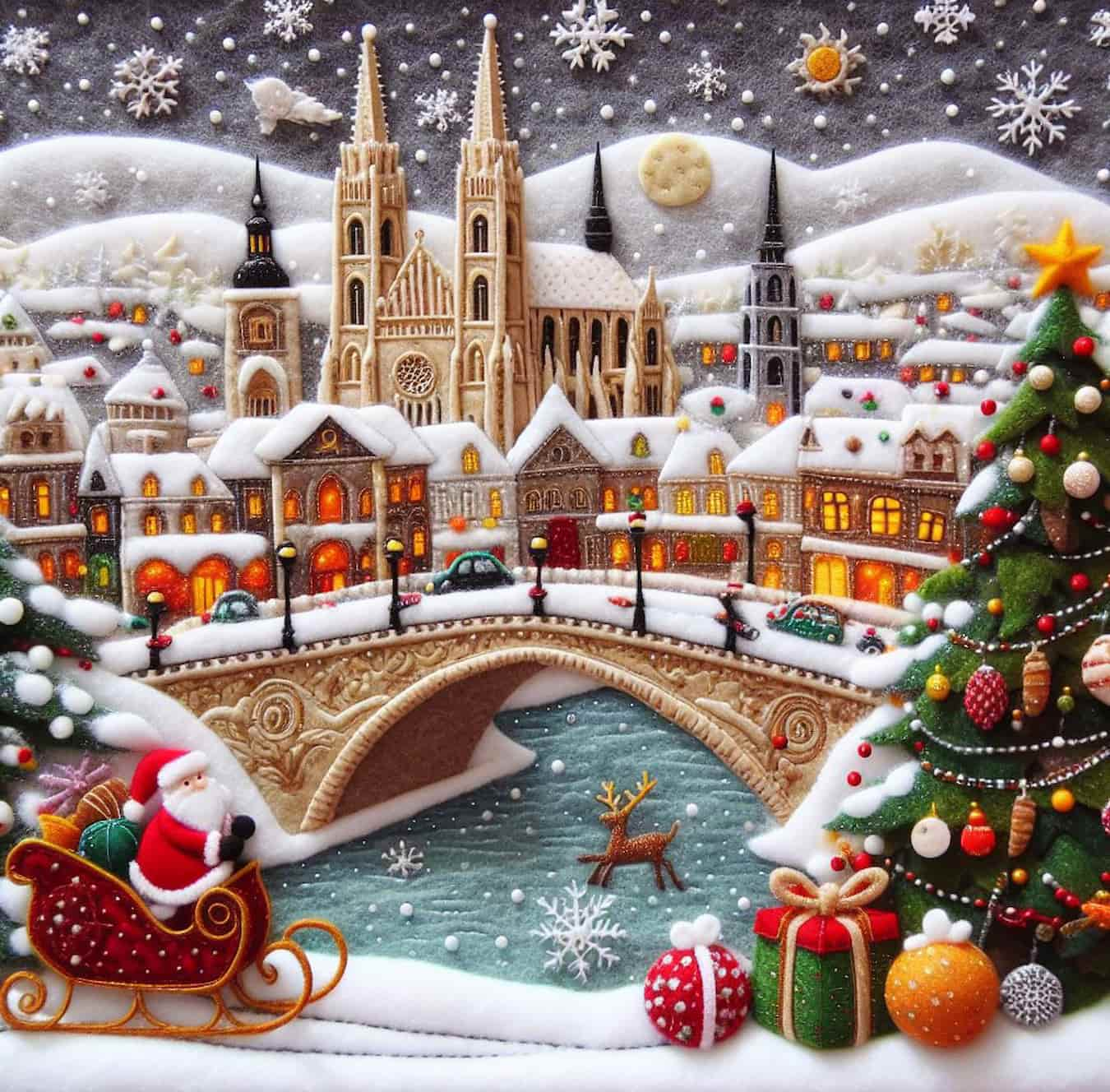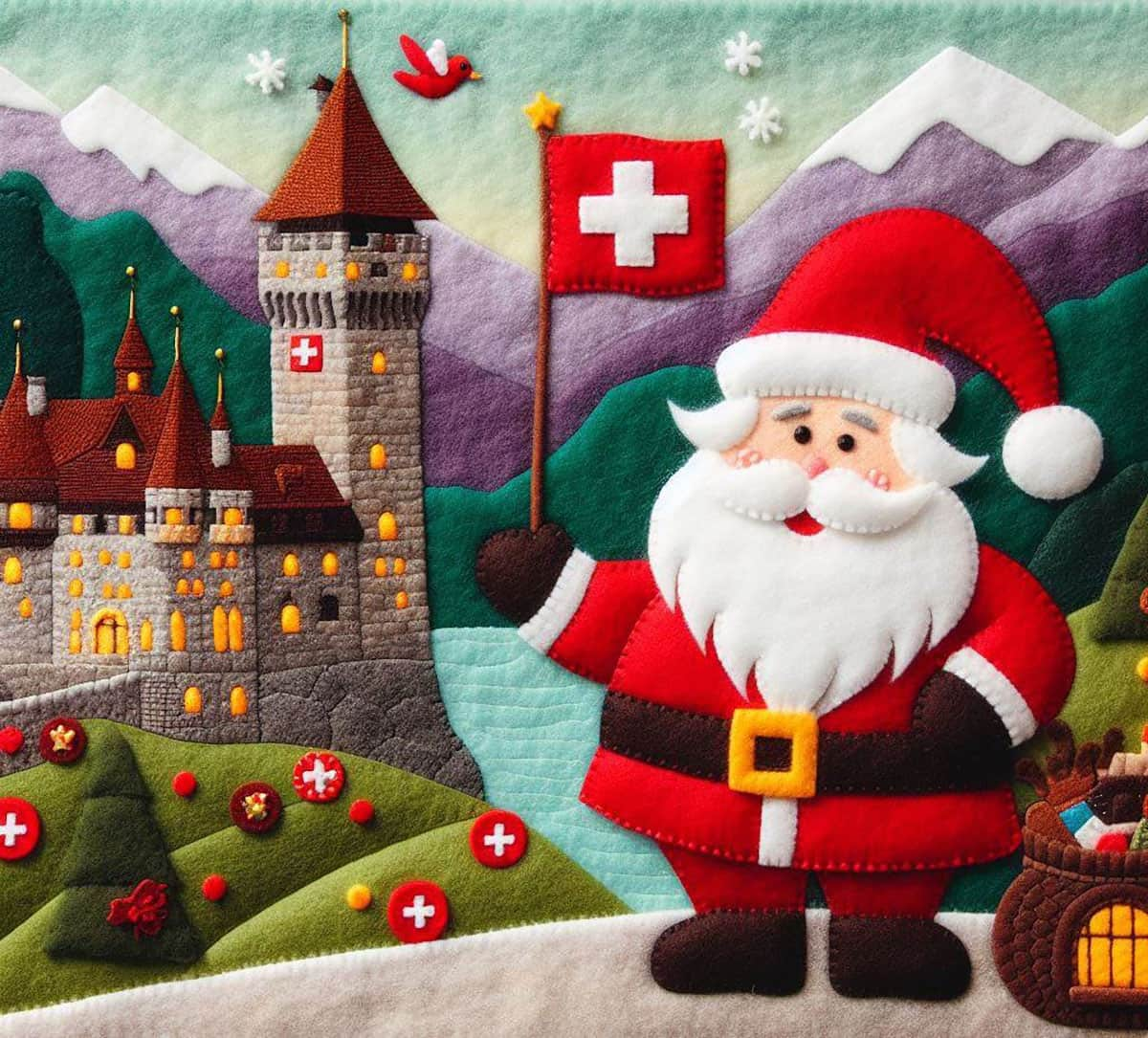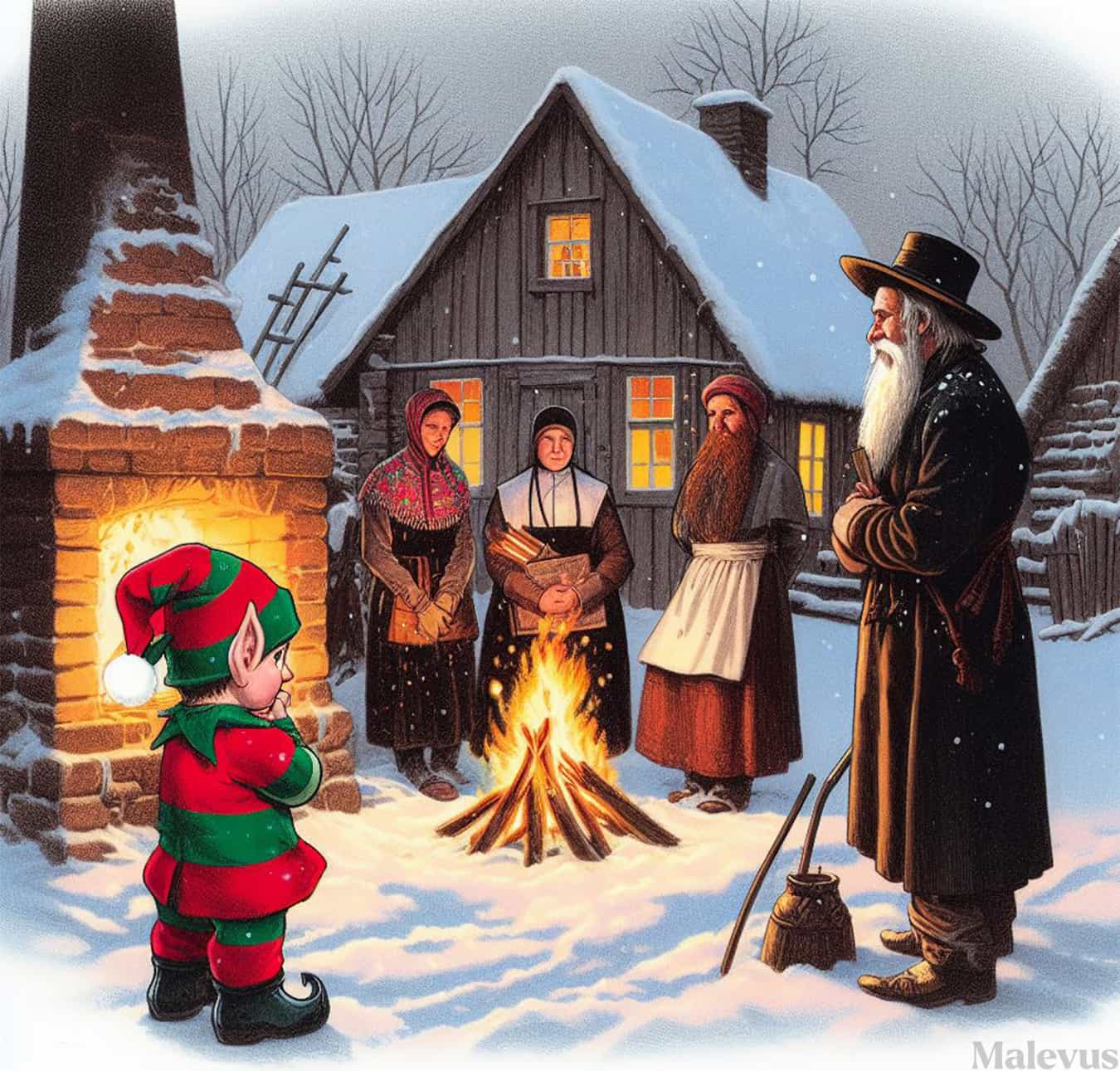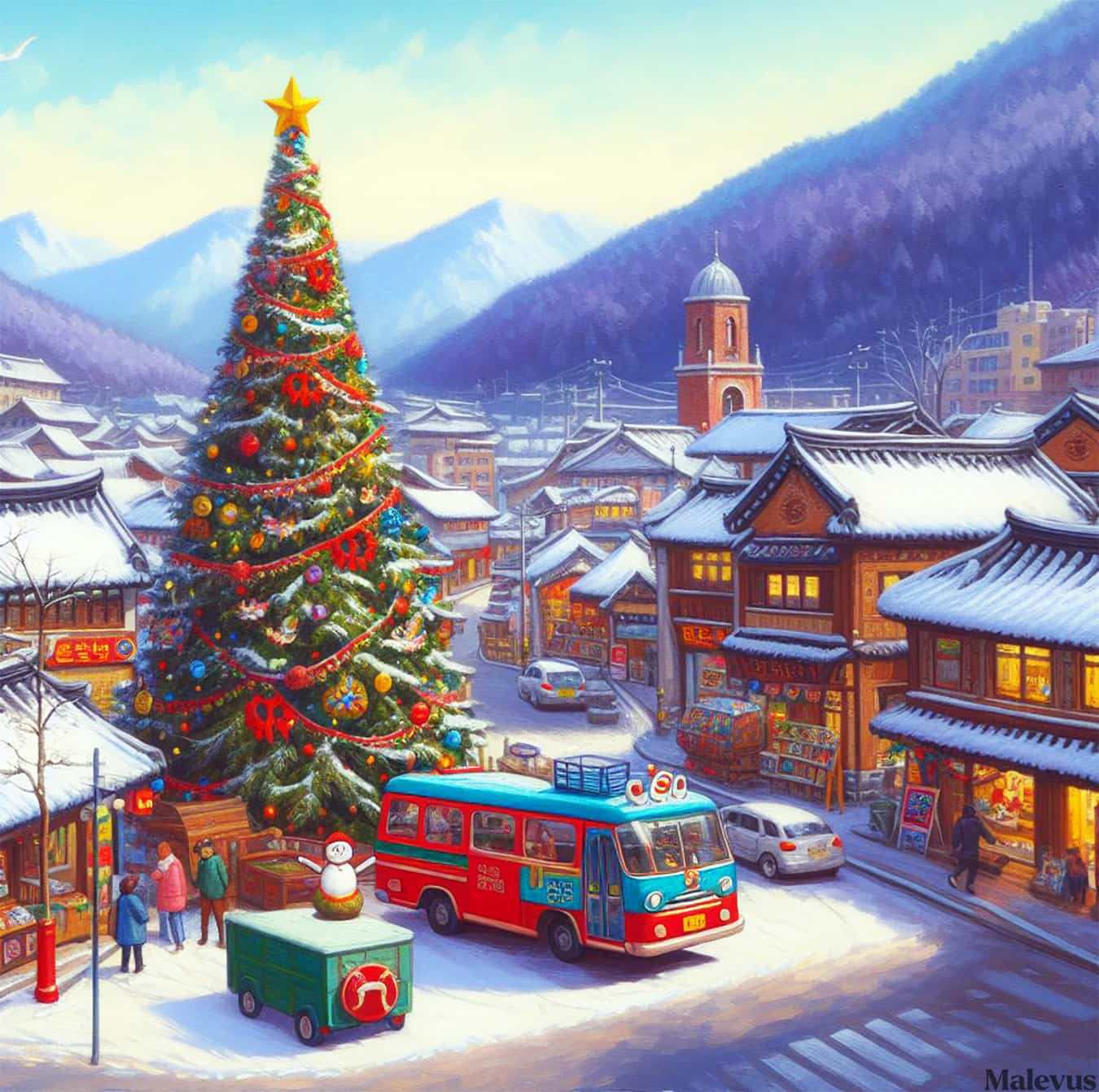Budapest around Christmas is a lovely time since the city is transformed from November 18th to December 31st into a place where Christmas markets are held at the Basilica and Vorosmarty Square. A candlelight dinner cruise down the Danube is one of the activities available to visitors at Christmas. Another is a swim in the Szechenyi hot baths. Christmas lights cover the streets in Budapest, particularly Andrássy Avenue.
Concerts playing anything from classical to folk music fill the air, and taking an e-scooter tour of the city’s festive lights is a popular custom now. At midnight on Christmas Eve, the festivities reach a peak with services in St. Stephen’s Basilica.
Christmas Traditions in Budapest
Among the self-proclaimed Christians in Hungary, 42% are Catholics and 29% are Protestants out of 1.7 million people. Thus, Budapesters celebrate Christmas with secular and religious rituals. Some important customs are as follows:
- Advent: The four Sundays leading up to Christmas are the beginning of the Christmas season in Budapest. Advent wreaths decorated with four candles are a common family decoration in the city. The citizens light the last candle on Christmas Eve after lighting one more every Sunday.
- St. Mikulás Day: Saint Nicholas (St. Mikulás) the Hungarian equivalent of Santa Claus, is celebrated on December 6th as St. Mikulás Day. The kids will be leaving their shiny boots at the window on December 5th night. When children have been nice, St. Nicholas puts goodies and little presents in their boots.
- Christmas Markets: The Christmas markets in Budapest are world-renowned, particularly those on Vörösmarty Square and near the Basilica which feature 100 wooden stalls. They offer Handmade Christmas crafts, traditional Hungarian cuisine (such as nokedli dumplings, lángos, and chimney cakes in open kitchens), and local goods.
- Christmas Eve: For Hungarians, Christmas Eve (Szent-este) is the pinnacle of holiday celebrations. During Christmas, Budapester families gather to put up the tree, have supper, toast the occasion, and give and receive gifts.
- Thermal Baths: Visiting the thermal baths during the holiday season is a ritual in Budapest. Széchenyi and Gellért Baths, two of the city’s famous ancient thermal attractions, provide an alternative to the city’s winter celebrations.
-> See also: Christmas Gift-Bringers Around the World
Places to Visit in Budapest at Christmas
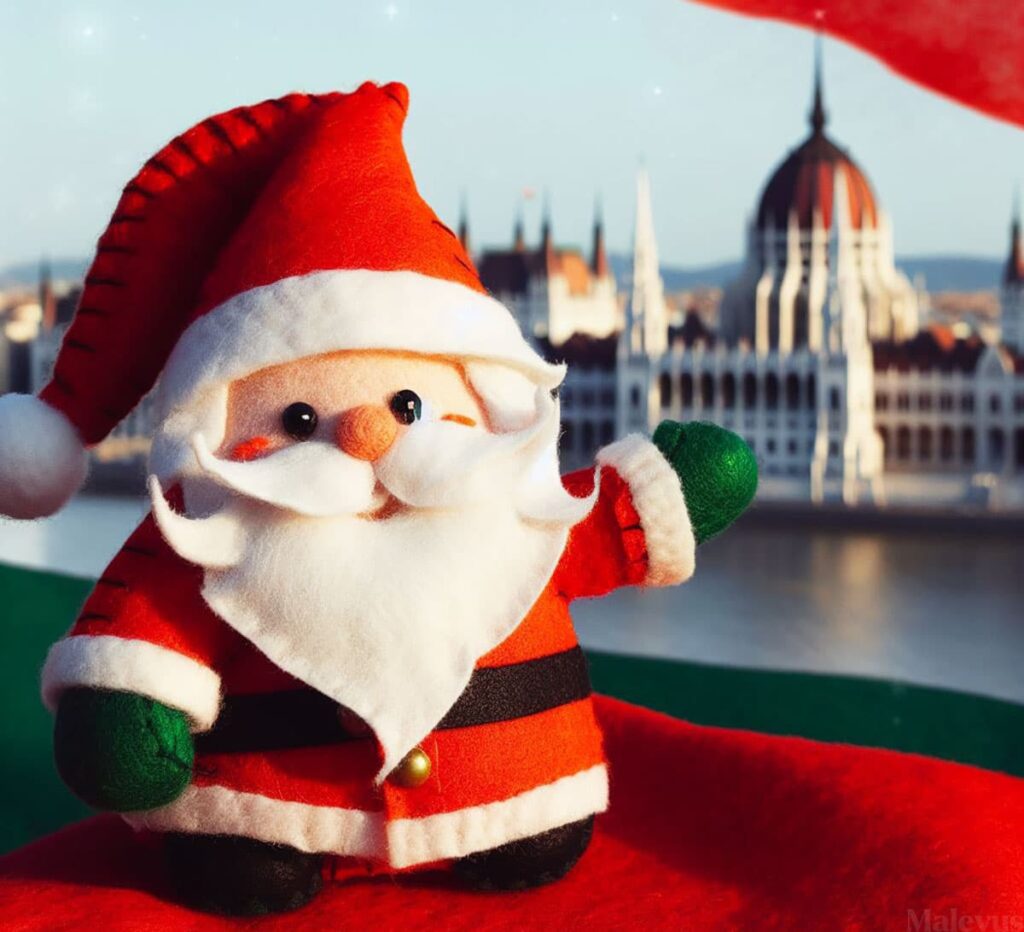
While in Budapest during Christmas, you may want to check out these spots. When the snow falls, the city takes on a better appearance. The city provides a one-of-a-kind experience for every traveler, regardless of their interests: history, culture, or leisure.
Vörösmatry Square
At the famous Vörösmarty Square, you can find the city’s biggest and best-known Christmas market, where traditional wooden huts serve food, beverages, crafts, and more, and where you can also enjoy live music and other forms of entertainment. People have a great sensory experience at the market, which runs from November 18 until January 1.
St. Stephen’s Basilica
During the winter holidays, St. Stephen’s Basilica transforms into a light display and a Christmas market selling foods and one-of-a-kind souvenirs. This structure has a fitting atmosphere for Christmas and the market offers an artificial ice rink in the middle. Evenings bring a 3D projection spectacle that lights up the basilica’s façade.
Buda Castle
During Christmas, people in Budapest must visit the Buda Castle to take in the views of the city and peruse the permanent art exhibits housed inside. During Christmas, the castle also transforms into a market selling traditional goods, foods, and beverages.
Christmas Concerts
Classical, Gypsy, folk, and charity concerts at the Hungarian State Opera House are live music acts you may catch during Christmas concerts in Budapest, including the St. Stephen’s Basilica, the Danube Palace, the Palace of the Arts, and the Liszt Academy Concert Centre concerts.
City Park Ice Rink
Situated in front of Vajdahunyad Castle, this famous ice rink is a favorite with residents for winter activities. With an area of 130,000 square feet, it is one of the oldest and biggest ice rinks in Europe, having opened in 1870. The picturesque venue is fitting for ice skating.
Thermal Spas
You can also indulge in a one-of-a-kind winter experience at this ancient thermal spa named Széchenyi during Christmas. The Gellért Baths are another famous Budapest thermal spa; they are conveniently located in the middle of the city.
Museums
Budapest is home to excellent museums, including the National Gallery and the Museum of Fine Arts, both of which hold special exhibits and activities. The Hungarian National Gallery is the largest in the country and it is located on Múzeum Körút.
Christmas Foods in Budapest
These are some mouth-watering options available to you in this city at Christmas. Most of them are also available at Budapest’s Christmas markets:
- Chimney Cake (kürtőskalács): This classic confection is the show-stopper during Hungarian Yuletide fairs. Rolling the uncooked dough in sugary sprinkles follows its wrapping around a spit and holding it over an open fire.
- Goulash Soup in a Bread Bowl: Simmered in a circular loaf of bread, this flavorful stew has cubes of meat, veggies, and paprika.
- “Hurka” (Grilled Sausage) and “Kolbász” (Hungarian Specialties): The best time to taste the renowned Hungarian sausages is during the festive holiday season.
- Mulled Wine (Forralt Bor): During Christmas, the air is filled with the scent of mulled wine, also known as forralt bor in Budapest.
- Lángos: This Hungarian pancake-shaped donut is a true culinary classic. It is baked in oil.
- Hálászlé: The Hálászlé soup is made with paprika, onions, and various freshwater fish.
- Töltött Káposzta: As a traditional Hungarian holiday meal, Töltött Káposzta (stuffed cabbage) is enjoyed by everybody around the city as the year winds down.
- Grilled Dishes: Roasted goose leg, hot-pin-cooked pork, sausages, grilled meats, roasted pig shank, grilled pike-perch, and trout are only examples of the freshwater species in Budapest.
- Rétes – the Hungarian Strudel: The irresistible Hungarian strudel, or rétes, is a fruit-filled pastry that is decorated with dried fruits and filled with cottage cheese, apples, cherries, poppies, or poppies.
- Bejgli: Cakes made with walnuts or poppy seeds are called bejgli, and they are traditional for Christmas.
History of Christmas in Budapest
Budapesters celebrate Christmas with a lot of heart and history. The first official Budapest Christmas market took place on Vörösmarty Square in 1998, beginning a long legacy of similar events in the city. Approximately 800,000 people visit this one-of-a-kind fair between November and the beginning of January.
The chance for Vienna’s artisans to have a public Christmas market was extended to them by Albert I of the Habsburg House in 1296. Thomasmartk was the name given to these fairs in the 16th century, when they were typically held between Christmas and New Year’s Eve. They began selling Christmas cakes, candies, and beverages in addition to the craftsmen’s wares. Saint Nicholas Fair became the new name of the fairs after two centuries. By this point in history, it had become customary to organize such fairs annually.
It was in the 18th century when the term “Christmas Fair” was first used. Christmas markets spread throughout Europe in the next decade, becoming a well-known and beloved institution.
Despite being outlawed during the Socialist period, Hungary also began to practice this tradition and host various types of Christmas markets.
Since 1998, the most well-known one has taken place annually in Vörösmarty Square. The Hungarian capital’s Vörösmarty Square is a significant area. Theatro Piatcza was its original name when it was constructed in 1812. Theatro is derived from the fact that the plaza was home to a theater in the nineteenth century.
Játékszín plaza (also meaning “theatre”), Promenade Square, German Theatre Square, Theatre Square, and Old Theatre Square were some of the various titles that the plaza went by starting in 1830. After being named after Emperor Franz Joseph’s second daughter Gisella in 1874, the plaza temporarily changed its name to Mihály Károlyi plaza in 1918 in honor of the Hungarian president, who served from 1918 to 1919 after World War I. The great Hungarian poet and playwright Mihály Vörösmarty bestowed the plaza with its final name in 1926.
He translated some of Shakespeare’s best plays and composed several lyrical poetry and plays; he also composed Szózat, the second national song of Hungary. We may locate the statue of Mihály Vörösmarty at the square’s center. A park, enclosed by fences, lies behind the monument. The square’s fountain, flanked by stone lions, is another notable attraction.
Budapest becomes a winter paradise every year around Christmastime. From this vantage point, you can see the cityscape illuminated like a Christmas tree, with the Parliament and Buda Castle shining. On Kossuth Square, in front of the Parliament, sits a tall fir, which is designated as the national Christmas tree of Hungary. Marvel at the dazzling Christmas lights as you stroll along Andrássy Avenue.


